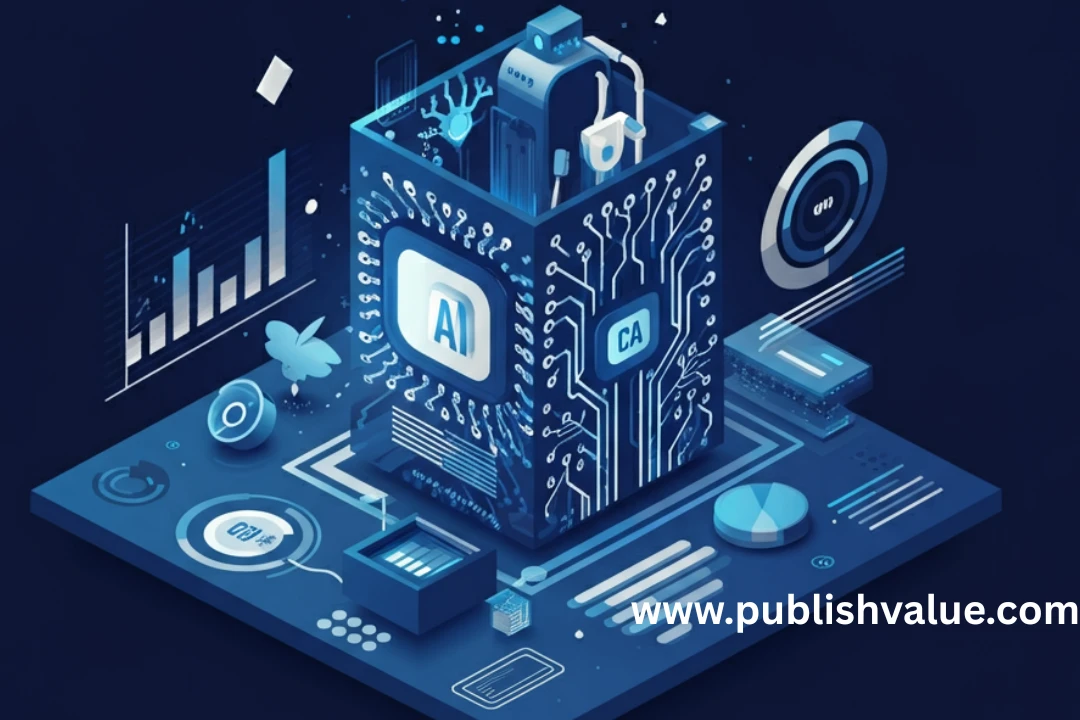
How to Use AI for Data Analysis: A Practical Guide
Share0There’s more information available today than ever before—but turning that data into something meaningful can feel overwhelming. Many companies, and people, find it hard to make sense of all the numbers, stats, and records they collect. That’s where smart technology comes in, offering a hand in organizing, understanding, and using data for better decisions. If you’re curious about how to use AI for data analysis in your own work or business, you’re in the right place. This guide breaks it down in simple steps.
What Does AI Bring to Data Analysis?
Using technology for analyzing data means much more than saving time; it’s about uncovering stories hidden in the numbers. With the right tools, you can spot trends, catch mistakes, and even make predictions for the future. Whether you’re managing sales records or tracking customer feedback, getting the most from your data starts with understanding your options.
How Smart Tools Make a Difference
Modern data analysis uses more than just spreadsheets. Today, software can scan through huge amounts of information quickly, highlighting important details you might miss. Many programs now include features that “learn” as they go, improving their accuracy over time.
People vs. Machines
While people bring creativity and intuition, machines are fast and efficient at processing lots of information. The best results come from using both: let technology handle the heavy lifting, and trust your own expertise for final decisions.
Getting Your Data Ready for Analysis
Before you can dive into analyzing, you need reliable, organized data. Messy or incomplete information leads to bad results, so prep work is key to success.
Here’s how to get started:
- Collect your information: Pull data together from different sources like sales logs, online forms, or customer surveys.
- Clean things up: Look for and fix spellings, duplicates, or missing pieces.
- Organize everything: Put your data into a neat, consistent format so that analysis tools can handle it easily.
- Highlight what matters: Decide which facts or stats are most important for your project, and focus on those.
Choosing the Best Tools for the Job
There are plenty of options when it comes to analyzing your data—some are simple, and others are more advanced.
Easy-to-Use Options
Programs like Microsoft Power BI and Tableau are popular because they’re user-friendly and perfect for business teams who want results fast, without learning code.
For Deeper Analysis
If you have some technical skills, tools like Python and its many libraries make it possible to create custom reports and answer more complicated questions.
Turning Data into Insights
Once your data is in shape and you’ve picked your tools, it’s time to look for insights. This can mean spotting which products are selling best, seeing which marketing campaigns work, or understanding patterns over time.
Here’s a simple process:
- Pick your questions: Decide what you want to learn from your data.
- Choose your method: Will you use charts, dashboards, or basic algorithms to dig deeper?
- Review the findings: Double-check the results to make sure they make sense before sharing or acting on them.
- Put insights to work: Use what you’ve learned to make changes or improvements in your business.
Real-World Benefits of Data Analysis
Almost every industry can benefit from better data analysis, from healthcare and retail to education and finance. Here are some examples:
- Sales forecasting: Anticipate what customers will buy and when, so you can manage inventory smartly.
- Customer trends: Understand which services clients like most.
- Risk assessment: Spot warning signs before problems grow.
A Closer Look: Predicting Sales
By looking at past purchases and seasonality, businesses can plan ahead, stock the right products, and increase profits.
Conclusion: Making Data Work for You
Before diving into common questions, you may want to check out Harvard Business Review’s guide to data-driven decision making for practical tips and real-world examples. Learning how to use AI for data analysis means you don’t have to rely on guesswork—your decisions can be based on facts. By taking time to set up a clear process, choose the right tools, and understand the results, anyone can turn raw information into real results. For more resources, you can explore the Data Analysis section at Towards Data Science for articles, tutorials, and insights from data professionals. Start simple, build on your progress, and enjoy discovering what your data can do for you.
Frequently Asked Questions (FAQs)
1. Do I need to code to get started with data analysis tools?
Not at all—many platforms are designed for beginners and let you visualize and analyze information without any programming.
2. What’s the difference between traditional data analysis and using technology?
Traditional methods often involve manual calculation and sorting, while software can automate the process, making it faster and revealing more hidden patterns.
3. How much information do I need before analysis is worthwhile?
You don’t need millions of rows—a well-organized set of information is more valuable than lots of messy data.
4. Should I still double-check the results even if software does the analysis?
Yes! Technology is a powerful helper, but human sense and a careful review are essential to avoid mistakes.
5. How can a small business start using these tools?
Begin by experimenting with user-friendly platforms that offer free trials, and focus on a single data problem you want to solve first.
You may also read: Supercharge Your Blog with Smarter Content Creation Tools
